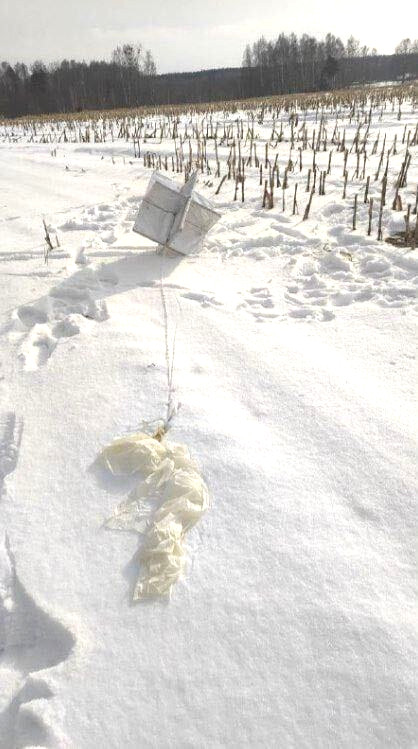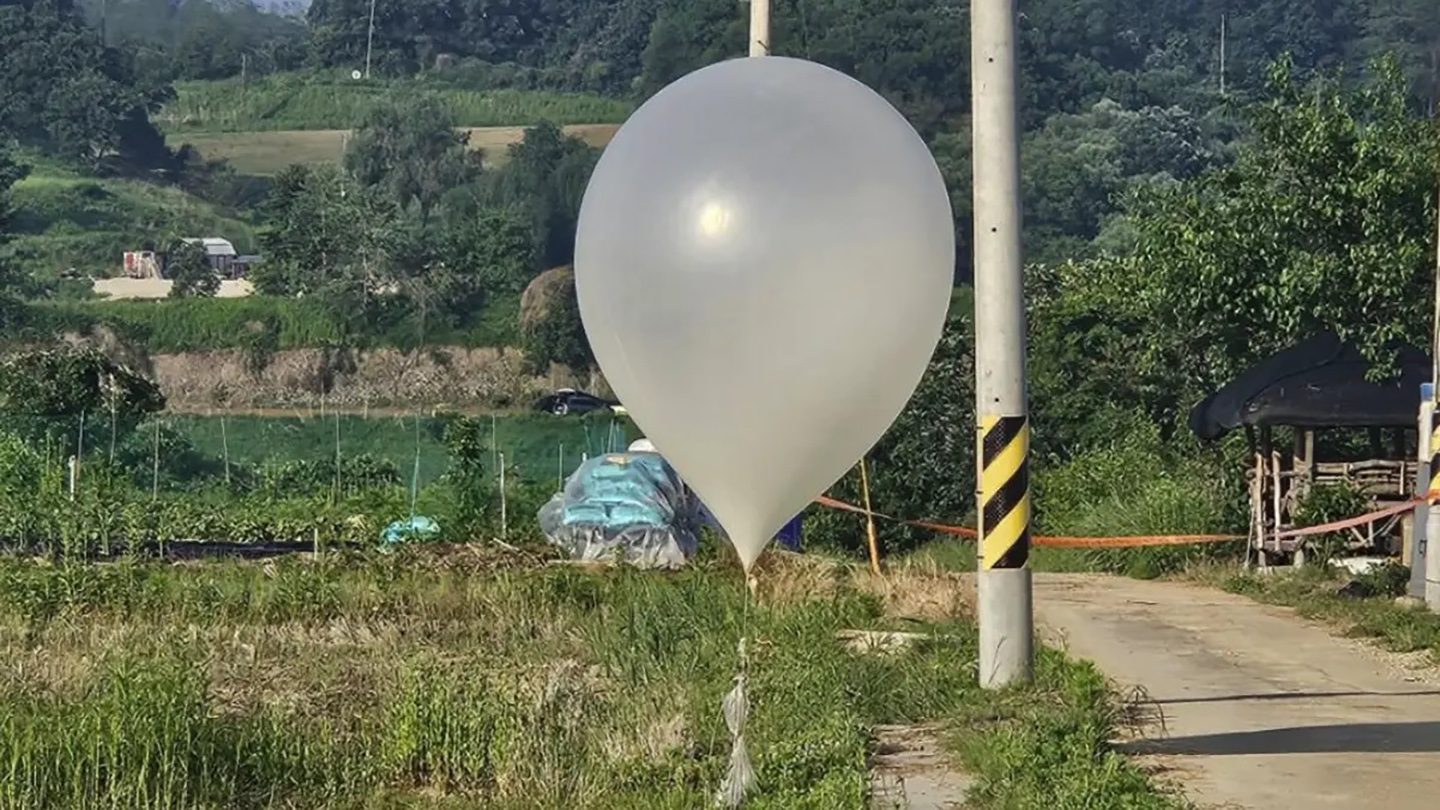A wave of excrement and trash-filled balloons launched by North Korea into its southern neighbor Tuesday highlights concerns about how they could be deadly if filled with explosives, incendiary devices, radioactive materials, or chemical weapons.
As hundreds of the balloons began landing, South Korea’s military deployed “chemical, biological, radiological and nuclear response teams and bomb disposal units to collect the objects for a detailed analysis,” South Korea’s Yonhap News Agency reported Wednesday.
They found no major damage or anything dangerous, but the event was alarming in its scope alone. Some 260 balloons were launched by Pyongyang, which reached a wide swath of South Korea from the border to the capital Seoul to locations upwards of 200 miles south, according to Yonhap.
“These acts by North Korea clearly violate international law and seriously threaten our people’s safety,” the South Korean Joint Chiefs of Staff (JCS) said, according to Yonhap. “(We) sternly warn North Korea to immediately stop its inhumane and vulgar act.”
The United Nations Command complained about the launch as well saying the mass deployment of trash-balloons with “fecal matter and other contaminants” can “cause harm to local populations” and is “not only offensive and unsanitary, but constitutes a violation of the Armistice Agreement.” That July 27, 1953 agreement set up an ongoing truce after the Korean War.
North Korea said it was reacting to a propaganda balloon launch earlier this month by a defector who floated 20 balloons with 300,000 leaflets condemning dictator Kim Jong-un into North Korea.
“Once you experience how nasty and exhausting it feels to go around picking up dirty filth, you will realize that you shouldn’t talk about freedom of expression so easily when it comes to (leafleting) in border areas,” said Kim’s sister, Kim Yo-jong. “We will make it clear that we will respond with tens more times the amount of filth to what the (South Koreans) spray to us in the future.”
One balloon expert we spoke with said that North Korea’s floating nuclear, biological, or chemical weapons is unlikely, but still concerning.
“They are far from a precision threat and as such provide more of an annoyance than anything else, but can distract and deflect resources from other areas as well as provide a source of continued news,” said Jamey D. Jacob, Williams Chair in Energy and Regents Professor, School of Mechanical & Aerospace Engineering, Executive Director, Oklahoma Aerospace Institute for Research and Education Director (OAIRE), Counter-UAS Center of Excellence Oklahoma State University. “Something that is lethal in small doses and can be distributed from the air can provide a real if inaccurate threat. You can use your imagination here.”
“What makes this one interesting is its low cost and simplicity, as well as its unpredictable nature,” he added. “It won’t be a major threat, but the addition of things such as GPS geofencing and high potency NBC [nuclear, biological or chemical weapons] makes it a valid tool.”
While this incident involved only refuse and manure, balloons are being weaponized some 4,200 miles to the west in Ukraine. As we have previously noted, Kyiv’s forces earlier this year used inflatable objects to drop explosives on Russians.

Moscow’s troops had previously used ballons with reflectors to confuse and deplete Ukrainian air defense systems.

Russia has a long history of using balloons for military purposes dating back to World War II, which you can read much more about in our deep dive into that subject. Japan and Great Britain also used balloons during the war to strike the U.S. and Germany respectively.
Modern military use of balloons, in general, became a major global concern after a series of shootdowns last year over the United States and Canada around the same time. The Chinese spy balloon that traversed much of the country before being downed off the coast of South Carolina by an F-22 Raptor in particular raised alarm bells about how much intelligence data was collected. You can see photos of that encounter below.
Meanwhile, the U.S. military and others around the globe are looking to balloons for robust military applications. This can include packing radars and other sensors, acting as communications relay nodes, and delivering swarms of drones deep into enemy territory. The use of high-altitude types that can hold their general station even against prevailing winds could play a key role in this lighter-than-air-renaissance of sorts.
While this event was one focused on messaging above all else, North Korea could choose to put destructive payloads on balloons if things were to suddenly turn hot on the peninsula. Doing so would fit perfect into how Pyongyang is preparing to kick off a major cross DMZ conflict. These would include deep assaults into the south aimed at causing mayhem and havoc throughout the country, something we explored in depth back in 2017. Balloons filled with explosives, incendiary devices or weapons of mass destruction would certainly help achieve this goal.
With that in mind, and with recent uses of balloons for military purposes, while this may have been a counter display on the part of Pyongyang, it could also be considered something of a trial run if indeed the Kim regimes chooses to use balloons as offensive — and not just figuratively speaking — weapons.
Contact the author: howard@thewarzone.com
